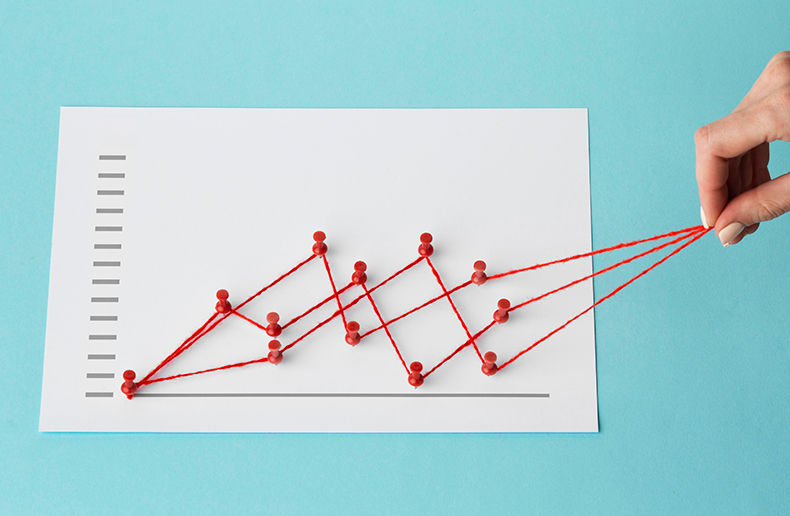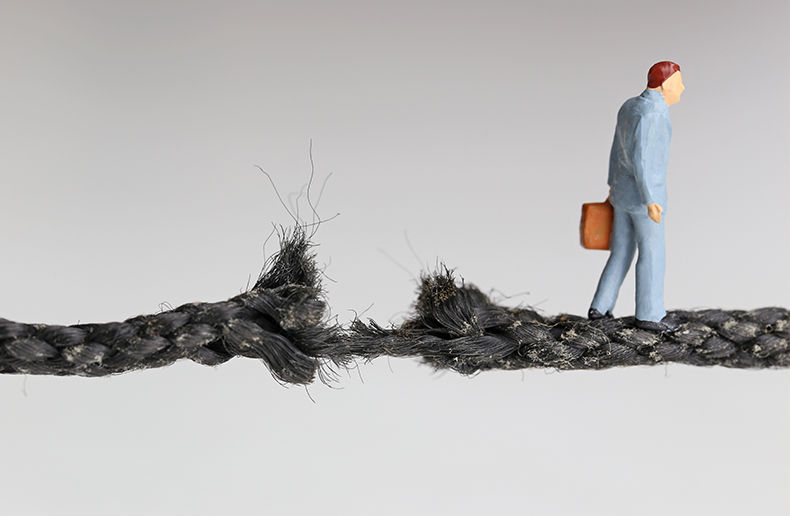Groupe Levia president Marie-Claude Pelletier say her study’s findings also underlined the growing problem of mental health issues at work.
“It’s the fourth leading cause of disability in the world and the first in industrialized nations,” she says. Absenteeism is not the only result of mental problems: 81% of the costs they incur for businesses are linked to a drop in productivity, known as presenteeism,” she adds. If employees have to take sick leave, the company should definitely plan their return. “If the return to work is not well orchestrated, the likelihood of an additional disability leave is 50%,” she says.
The data clearly show how profitable prevention and return to work programs can be for businesses, Pelletier continues. To those who complain about the lack of statistics on the return on investment of these initiatives, she retorts that they should first try to identify the cost of doing nothing.
“Everyone is looking for measures of return on investment, but you also need a solid methodology when you implement a program. If the program is not integrated, if it is not well-structured or complete, don’t expect to get a return on it,” Pelletier says.
Emmanuelle Gaudette, of Towers Watson, says she encourages clients to look at absenteeism and presenteeism. “That is where the employer comes into play and can make the difference, by agreeing to measure not only the impact of absenteeism on its human resources, but also that of presenteeism,” she explains.
Ultimately, prevention lowers claims. “It is very important to detect the problem as early as possible to avoid an absence or at least limit its duration,” Gaudette continues.
Progress is being made, but much work lies ahead. “Workplace health and prevention programs is a dynamic field. Financial wellness programs are another major trend. They will be increasingly part of programs at work. But you have to convince businesses to introduce these programs. That’s the biggest hurdle. Sometimes we try too hard to highlight the return on investment, sometimes we overstress the human side. We need to look for a good balance,” she explains.




